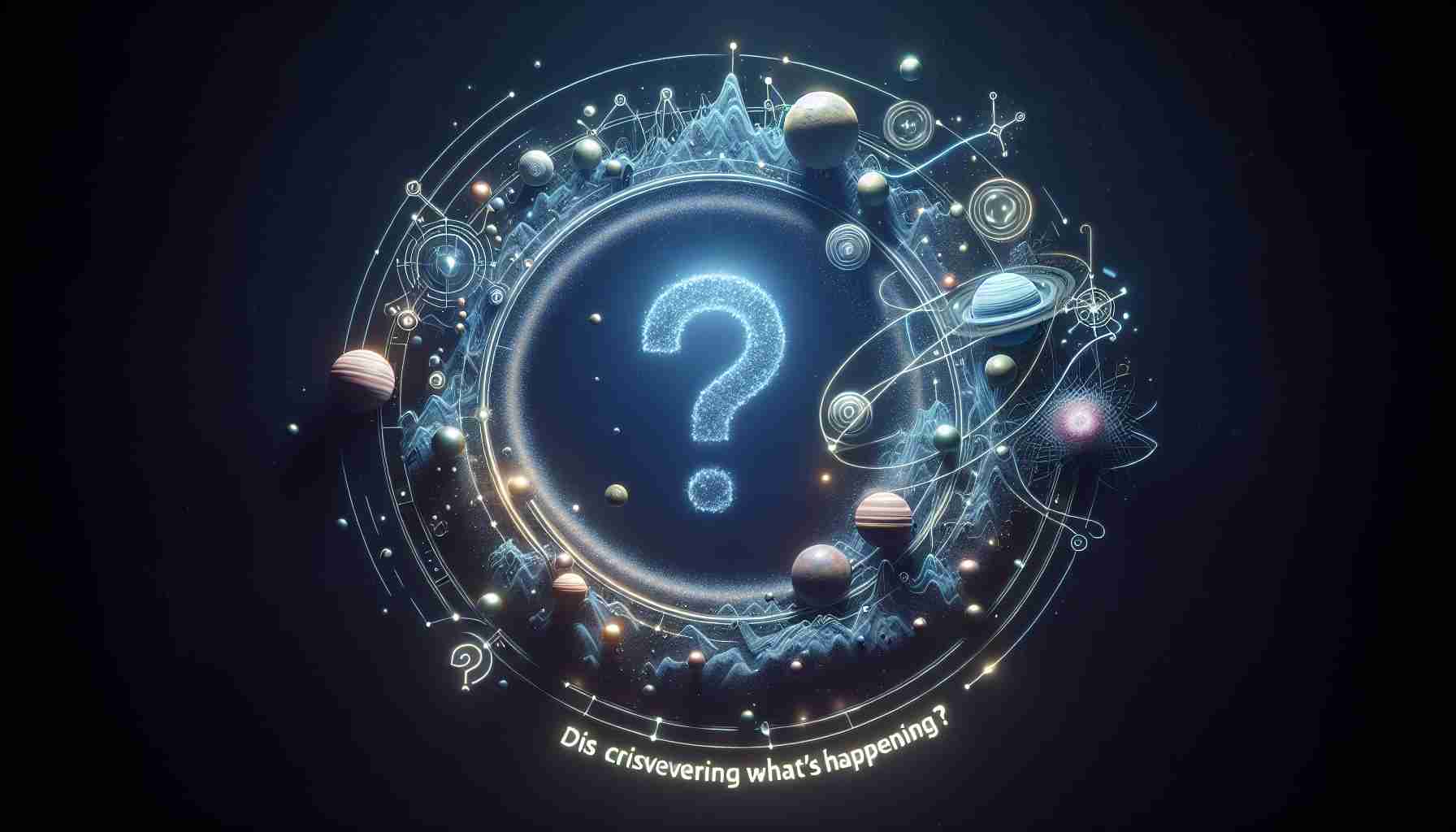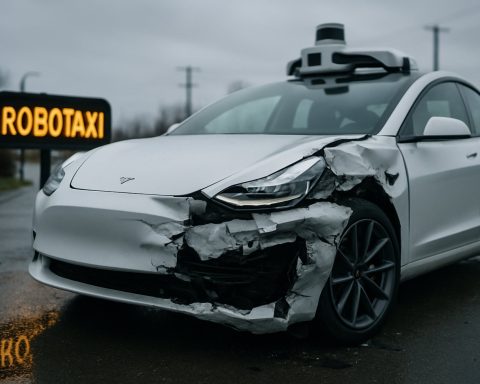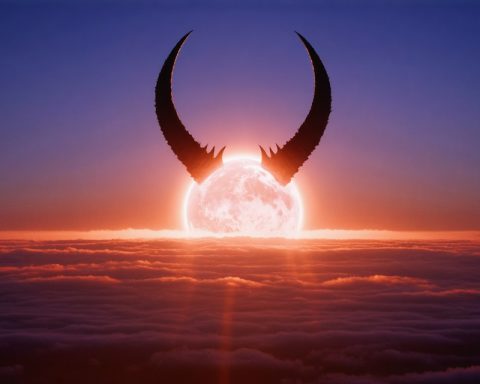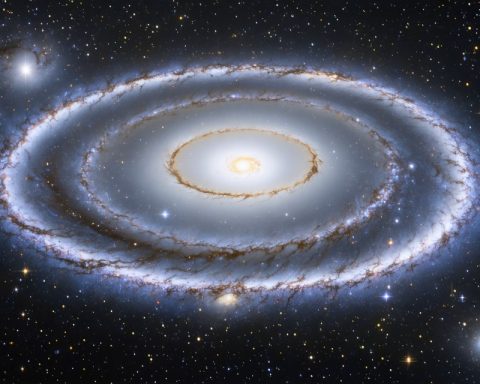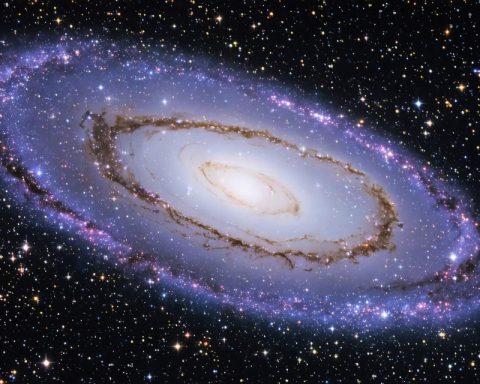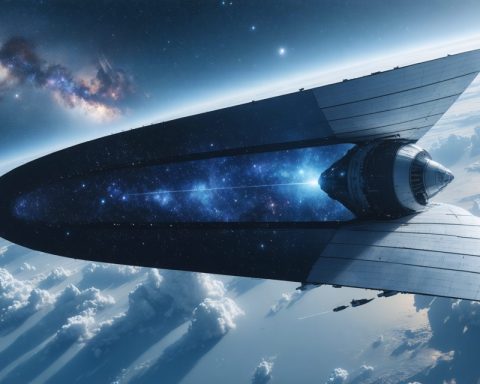The Expanding Mystery of Cosmic Measurements
Recent astronomical studies have intensified the debate surrounding the universe’s expansion, leading to revelations that challenge contemporary physics. Over the last ten years, findings from both the Hubble and James Webb Space Telescopes have indicated that the universe expands at variable rates based on observational perspectives.
On January 15, researchers made significant strides in validating these discrepancies, hinting at a possible overhaul in cosmological theory. The lead researcher expressed a serious concern that current cosmological models may not hold up against these new measurements.
Traditionally, cosmologists have relied on two principal approaches to determine the Hubble constant—the rate at which the universe is expanding. One method involves analyzing minor fluctuations in the cosmic microwave background, while the other employs pulsating stars known as Cepheid variables to build a “cosmic distance ladder.”
However, this is where complications arise. A satellite from the European Space Agency has suggested a Hubble constant of approximately 67 km/s/Mpc, aligning with established models but clashing with Cepheid-based observations, which hint at a significantly higher rate of 73 km/s/Mpc.
To delve deeper into this cosmic puzzle, the research team employed data from the Dark Energy Spectroscopic Instrument (DESI) and recalibrated their findings, leading to a Hubble constant of 76.5 km/s/Mpc. With these developments, scientists are grappling with the implications for existing cosmological models, suggesting that a transformation in our understanding of the universe may be on the horizon.
The Broader Cosmos: Implications for Society and Beyond
The ongoing investigations into the universe’s expansion not only challenge conventional astrophysics but also have profound implications for society and culture. As our understanding of fundamental cosmic processes evolves, so does our perspective on humanity’s place in the cosmos. The quest for knowledge about cosmic expansion acts as a unifier across nations, driving collaboration among scientists and encouraging global dialogue about existence itself. This, in turn, can inspire a renewed interest in science education and the importance of critical thinking.
The global economy could also experience shifts, particularly in sectors linked to space exploration and technology. The promise of new scientific discoveries necessitates funding and investment in aerospace industries, potentially leading to job creation and advancements in technology that benefit everyday life on Earth. As nations vie for leadership in space exploration, the competitive landscape may foster innovation and technological breakthroughs that extend far beyond astronomy.
Moreover, the environmental implications of cosmic phenomenology cannot be overlooked. As we expand our observation and understanding of the universe, there may be parallels drawn with how we view Earth’s ecosystems. Just as the universe is in constant flux, so too is our planet, reminding us of the fragile balance of our own environment.
Looking forward, we may witness future trends that prioritize interdisciplinary studies combining physics, philosophy, and environmental science. The emphasis on transparency in scientific findings will likely increase public trust in scientific communities, reinforcing the significance of science in addressing existential threats, from climate change to socio-political unrest. Ultimately, the inquiry into cosmic mysteries holds the potential to redefine our understanding not only of the universe but also of our interconnectedness within it.
The Universe’s Expansion: New Discoveries Challenge Long-Held Theories
The Expanding Mystery of Cosmic Measurements
Recent astronomical studies are challenging our understanding of the universe’s expansion, suggesting a need for potential revisions to established cosmological theories. Findings from advanced telescopes such as the Hubble and James Webb Space Telescopes have revealed that the universe’s expansion rate might vary based on observational perspectives. This is raising profound questions in cosmology as researchers attempt to reconcile these differences.
New Insights into the Hubble Constant
On January 15, researchers reported notable advancements in understanding discrepancies surrounding the Hubble constant—the rate at which the universe expands. The lead researcher highlighted concerns that existing cosmological models may not adequately explain these new observations. This revelation is significant, as a cohesive framework for comprehending the universe’s expansion is central to modern cosmology.
Measuring the Universe: Traditional vs. Innovative Methods
Traditionally, cosmologists have relied on two primary methods to estimate the Hubble constant:
1. Cosmic Microwave Background (CMB) – This method analyzes slight fluctuations in radiation left over from the Big Bang.
2. Cepheid Variables – These are pulsating stars used to construct what’s called a “cosmic distance ladder,” allowing astronomers to measure distances across the universe.
However, recent inconsistencies between these methods have emerged. Observations made by a European Space Agency satellite suggested a Hubble constant of approximately 67 km/s/Mpc, which aligns with traditional models. In contrast, Cepheid-based measurements indicate a higher rate of about 73 km/s/Mpc.
Recalibrating Expectations: The Role of DESI
To further investigate these cosmic discrepancies, a research team utilized data from the Dark Energy Spectroscopic Instrument (DESI). After recalibrating their findings, they proposed a new Hubble constant value of 76.5 km/s/Mpc. This adjustment could have significant implications for our understanding of the universe and further complicates our current cosmological models.
Implications and Future Directions
The varying rates of the universe’s expansion challenge the assumptions behind the Lambda Cold Dark Matter (ΛCDM) model, the prevailing framework in cosmology. Researchers are now faced with the possibility of revising this model or even developing a new theoretical approach that accounts for the observed variance in the Hubble constant.
Observational Advances: Emerging Technologies
The emerging role of advanced instruments like DESI, along with new missions from organizations such as NASA and ESA, signal a trend toward more precise cosmic measurements. Upcoming telescopes and observational technologies are expected to refine our understanding of cosmic structures and help settle ongoing disputes within the field.
Conclusion: Awaiting New Paradigms
As astronomers continue to gather and analyze data from refined instruments, the next steps could reshape our understanding of the cosmos. Researchers are keenly interested in how these discoveries will influence current cosmological models, potentially ushering in a new era of cosmic exploration.
For further insights on the universe and cosmology, visit NASA’s official site.
